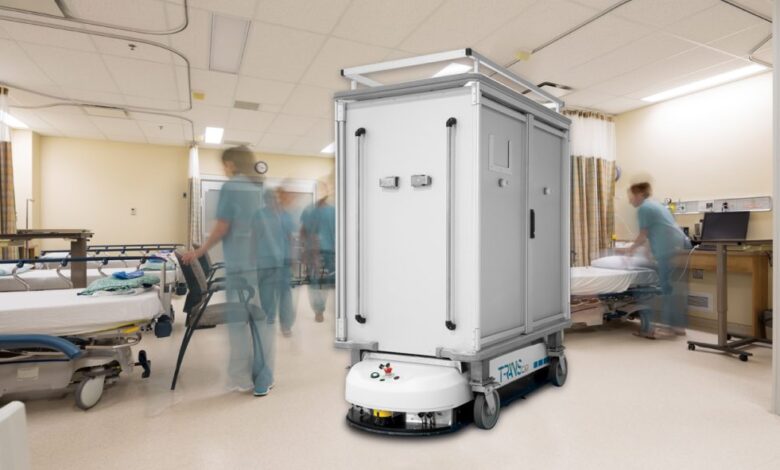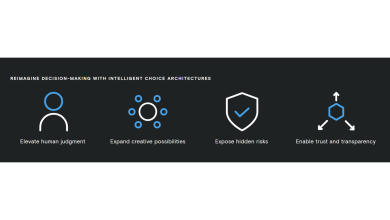
The COVID-19 pandemic amplified long-standing strains in the healthcare system, exposing deep vulnerabilities in staffing and operations. Years later, systems continue to buckle under the weight of labor shortages, rising costs, and growing patient demand—particularly within an aging population. Healthcare professionals are contending with burnout, inefficiency, and the emotional toll of doing more with less, facing challenges that extend far beyond any single hospital or region. These pressures are not temporary. As patient needs increase and the workforce contracts, solutions like advanced Operations Technology (OpsTech) will be critical in streamlining processes and extending staff capacity, helping the sector adapt before it breaks under the weight of compounding demands.
The Current Staffing Landscape
According to the World Health Organization (WHO), the global shortage of health workers is expected to reach 10–11 million by 2030. In the United States, the strain is already visible. Labor costs have surged, with hospitals’ average expenses per patient climbing more than 20% since 2019, according to the American Hospital Association. These financial pressures are layered on top of an equally urgent human toll. Burnout remains rampant, with 2023 surveys showing that more than half of nurses feel emotionally drained several times a week. The WHO’s projections underscore a looming crisis: the demand for care is growing far faster than the supply of qualified professionals.
The data paints a sobering picture. Between 2020 and 2021, the registered nurse workforce in the U.S. experienced a net loss of more than 100,000 nurses, the steepest decline in four decades, precisely when patient needs were at their highest. The physician pipeline offers little relief, with the Association of American Medical Colleges forecasting a shortage of up to 124,000 doctors by 2034. Demographic shifts will only intensify the strain. Nearly one-quarter of outpatient registered nurses plan to retire within five years, while the population they serve continues to age. On the other hand, by 2060, the number of Americans over 65 will rise from 58 million to 82 million, representing nearly one in four citizens (source). This growing imbalance is not merely a staffing challenge; it is a systemic threat. If left unaddressed, hospitals and clinics will face longer wait times, slower patient turnover, and heavier workloads for those who remain, increasing the risk of burnout, errors, and a decline in the quality of care.
The Role of Robotics in Healthcare Operations
Advanced robotics are becoming indispensable allies in easing the operational bottlenecks that strain healthcare systems. In hospital settings, autonomous mobile robots can transport medical supplies, medications, linens, and meals; remove waste and handle infectious materials to reduce cross-contamination risks; and support non-clinical services such as laundry, food service, and internal deliveries. Unlike human staff, these robots can operate continuously, adjusting to fluctuating patient loads without the added expense of overtime or the challenge of filling additional shifts. Many are integrated with centralized dashboards, enabling them to collect and transmit operational data in real time, giving administrators actionable insights to identify inefficiencies, predict maintenance needs, and allocate resources more effectively.
This is not just a matter of convenience; research from the Journal of Healthcare Management has found that hospitals adopting automated logistics solutions can reduce supply delivery times by up to 30% and cut non-clinical staff travel distances by hundreds of miles per year. By removing repetitive, labor-intensive tasks from healthcare porters’ plates, robotics streamline operations and improve workflow consistency across facilities. For clinicians, robotic automation reduces waiting time for critical items—such as medical supplies and surgical tools—giving them back more time for direct patient care. This allows nurses, doctors, and hospital staff to focus more on what they love most – taking care of their patients. In an environment where every minute and every available worker counts, these gains are not just operational—they’re essential to sustaining quality care.
The Power of Operations Technology (OpsTech)
While robotics provide the physical capability to move, deliver, and support hospital operations, Operations Technology (OpsTech) serves as the connective tissue that makes these systems truly effective. OpsTech refers to the integration of hardware, software, and infrastructure that allows robots to interact seamlessly with a facility’s physical environment, automatically opening secured doors, calling elevators, and navigating complex layouts, as well as syncing with hospital IT systems and scheduling platforms. This deep integration enables real-time coordination between human staff, building systems, and AI-assisted autonomous machines, ensuring that every task is performed in the most efficient sequence and location. For example, an OpsTech-enabled delivery robot can be automatically rerouted if an elevator is down or if an urgent medication request comes in, without human intervention.
The impact of such integration is measurable. McKinsey research on hospital operations optimization has shown that technology-enabled process coordination can improve asset utilization by up to 25% and reduce patient wait times for certain services by 15–30%. Beyond these immediate gains, OpsTech also generates valuable operational data, such as patterns in equipment usage, peak traffic times in corridors, or recurring delivery bottlenecks, that can inform staffing models, preventive maintenance schedules, and supply chain decisions. In a sector where both human and material resources are stretched way too thin, OpsTech acts as the orchestrator, ensuring that every movement, machine, and minute is aligned toward delivering faster, safer, and more reliable care.
Collaboration, Not Replacement
As with most advancements in automation across industries, robotics and OpsTech are not here to take your job, nor to replace our highly valued healthcare professionals. Instead, they act as force multipliers, enabling staff to focus on high-value clinical work and meaningful patient interactions. In environments where every nurse, physician, and technician is stretched beyond capacity, these tools create much-needed breathing room—both physically and mentally—allowing staff to deliver better care.
The global healthcare labor shortage will not be solved overnight. However, the integration of robotics and OpsTech offers a sustainable way to mitigate its most damaging effects. By rethinking how operational tasks are handled, healthcare systems can become more resilient, patient-focused, and adaptable—ensuring that the human touch in medicine is preserved where it matters most.




